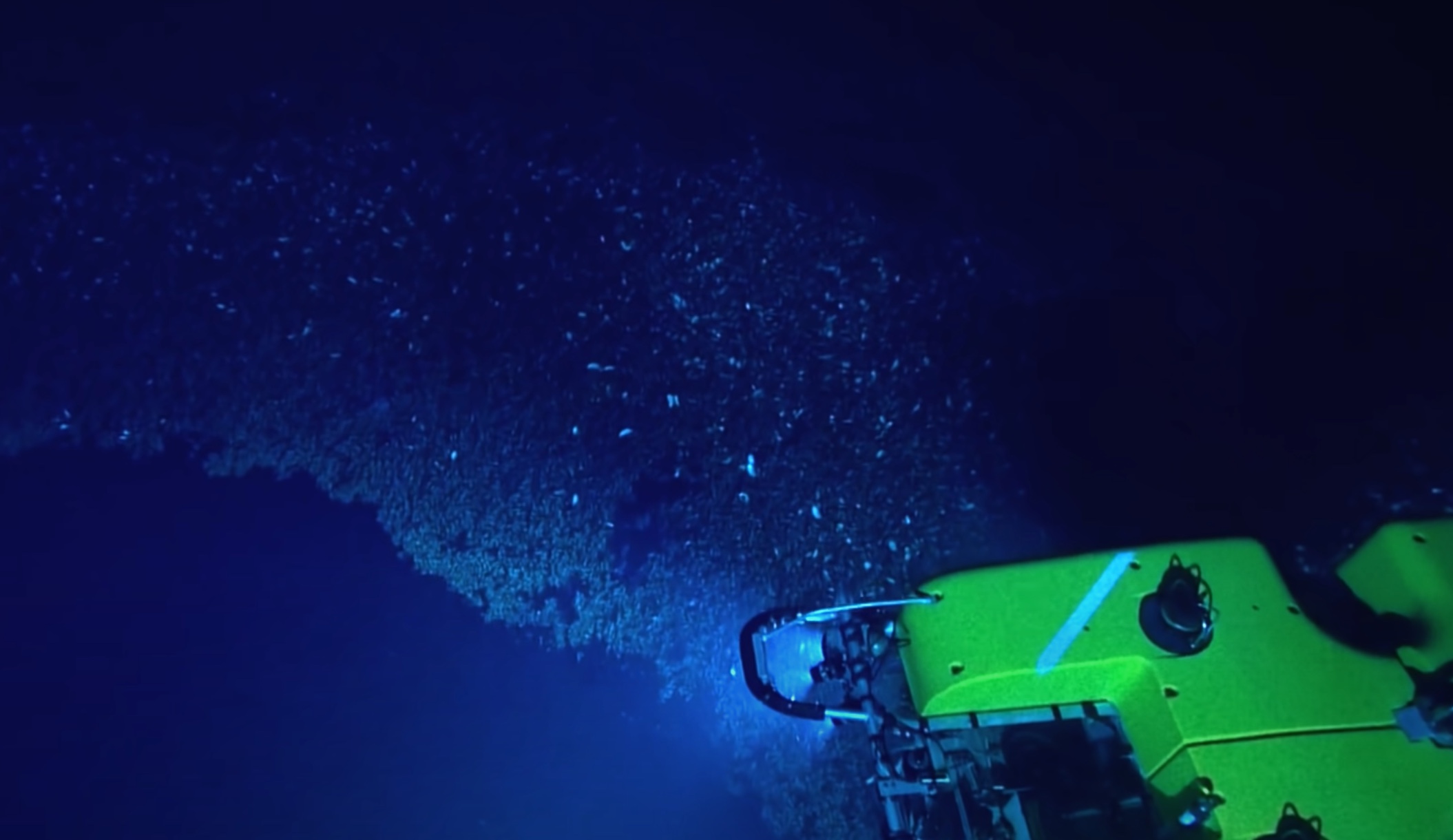
Scientists have made a remarkable discovery in the deepest parts of the Red Sea that could provide insights into the beginnings of life itself.

Researchers from the University of Miami reached the depths of the Red Sea, located between the Arabian Peninsula and Africa, where they encountered dense, salty lakes referred to as “death pools.” These lakes earned their ominous name due to being one of the most extreme environments on the planet.

These unique pools, found on the ocean floor, are extremely salty (hypersaline) and completely devoid of oxygen. They are so hostile that any creature entering their saline waters is instantly incapacitated or perishes. Despite their harsh conditions, these pools are filled with thriving microorganisms. This phenomenon could provide valuable clues regarding the origins of life on Earth and the potential evolution of organisms on planets with abundant water resources.

“Our current understanding is that life originated on Earth in the deep sea, almost certainly in anoxic — without oxygen — conditions,” Sam Purkis, a professor of marine geosciences at the University of Miami, who led a study into the findings, told Live Science. “Deep-sea brine pools are a great analogue for the early Earth and, despite being devoid of oxygen and hypersaline, are teeming with a rich community of so-called ‘extremophile’ microbes.”

“Studying this community hence allows a glimpse into the sort of conditions where life first appeared on our planet, and might guide the search for life on other ‘water worlds’ in our solar system and beyond.” Furthermore, the pools have the potential to unveil new microbial findings that may contribute to the creation of innovative medications, as mentioned by Purkis.

“Molecules with antibacterial and anticancer properties have previously been isolated from deep-sea microbes living in brine pools,” he explained. Live Science reports that only a limited number of deep-sea brine pools have been identified worldwide, varying in size from a few thousand square feet to approximately a square mile (2.6 square kilometers).

These unique pools are found in just three locations: the Gulf of Mexico, the Mediterranean Sea, and the Red Sea. Among these, the Red Sea harbors the largest concentration of these lakes, believed to have formed from the dissolution of mineral deposits dating back to the Miocene epoch (approximately 23 million to 5.3 million years ago) when sea levels in the region were lower than present.

The largest pool had a diameter of approximately 107,000 square feet (10,000 square meters), while three smaller pools were less than 107 square feet (10 square meters) in size.

“At this great depth, there is ordinarily not much life on the seabed,” Purkis told Live Science. “However, the brine pools are a rich oasis of life. Thick carpets of microbes support a diverse suite of animals.”

Due to their close proximity to the coast, these pools may have collected runoff from the land, leading to the incorporation of terrestrial minerals into their composition. As a result, these pools have the potential to act as distinctive repositories preserving evidence of tsunamis, floods, and earthquakes in the region over thousands of years.

Samples of sediment extracted from the recently discovered brine pools “represent an unbroken record of past rainfall in the region, stretching back more than 1,000 years, plus records of earthquakes and tsunami,” Purkis said.

The discoveries made by his team indicate that significant floods resulting from intense rainfall have occurred within the last millennium. They “occur about once every 25 years, and tsunamis [take place] about once every 100 years.”

These findings concerning the potential threat of tsunamis and other natural calamities could provide valuable insights.

They may offer “very important lessons for the massive infrastructure projects that are presently being built on the coastline of the Gulf of Aqaba,” Purkis warned. “Whereas the coastline of the Gulf of Aqaba has traditionally been sparsely populated, it is now urbanising at an astounding rate.”

